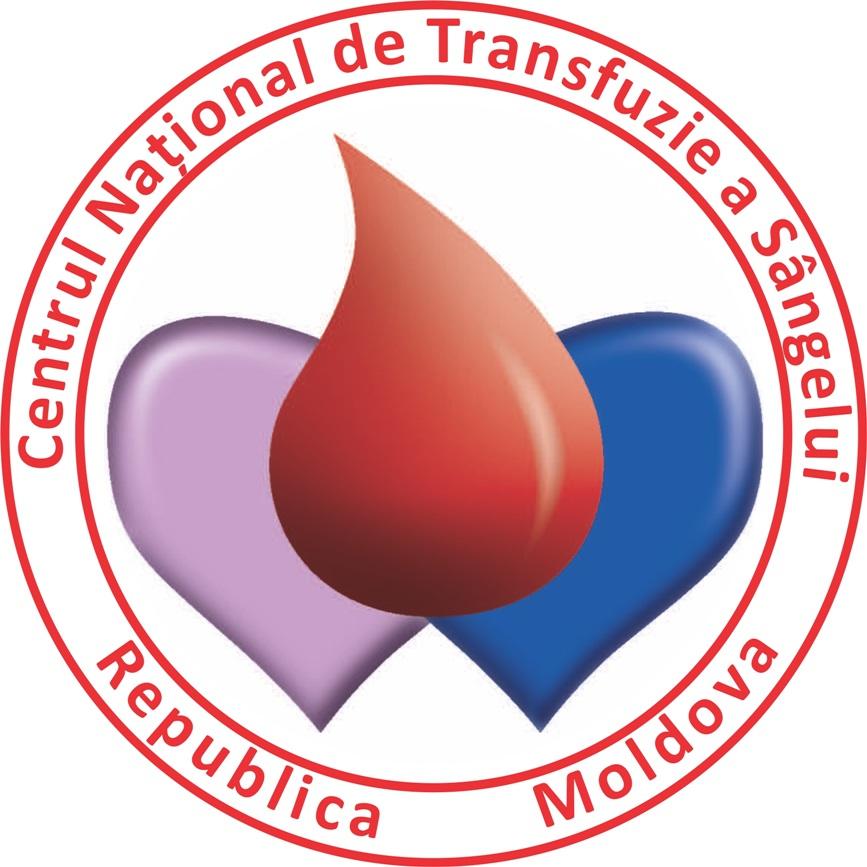aaa
Blood and its origin
What is blood?
Blood is a fluid that circulates through the body, carrying oxygen and nutrients to each cell and then taking up waste material. Blood plays a major role in the body's defence system. It is pumped from the heart, through a network measuring several kilometres, to every part of the body. The average adult's body contains 4-5 litres of blood. There are four main components of blood: red cells (red blood cells), white cells (leukocytes), plasma and platelets. In addition, blood contains many nutrients and minerals.
Types of blood
Although blood is made up of the same basic elements, not all blood is the same. In fact, there are 8 common types of red blood cells, which are determined by the presence or absence of certain types of antigens. Because certain antigens can trigger a patient's immune system to attack red blood cells received by transfusion, blood therapy involves carefully choosing the right blood groups.
Origin of blood
Blood is produced in the bone marrow, a jelly-like substance inside the bones. In adults, the spine, ribs and pelvis are the main blood-producing bones. As blood cells develop from the steno cells in the marrow, they pass into the blood passing through the bones and enter the bloodstream. Blood cells have different lifespans - red cells last about 120 days, platelets 10 days and the different types of white cells have a lifespan ranging from a few days to several years. The body has a feedback system that tells it when to produce more blood. For example, if oxygen in the blood is low, the kidneys produce a hormone called 'erythropoietin', which stimulates stem cells in the bone marrow to produce more red blood cells.
How blood circulates?
Blood circulates in two broad and continuous circuits through a network of blood vessels. The 'right' circuit carries blood from the right side of the heart through the lungs and back to the heart (on the left side). The 'left' circuit carries blood from the heart to the rest of the body and back to the heart There are several types of blood vessels: arteries, capillaries and veins. Arteries carry blood from the heart. They branch off into smaller arteries (arterioles) that are connected to capillaries (over a billion). Capillaries are very narrow - the width of a cell. Inside the capillaries, red blood cells release oxygen, which passes through the thin walls of the capillaries into the surrounding tissue. Tissue releases waste products, such as carbon dioxide, which passes through the capillaries into the blood. The blood returns to the heart through veins. The veins contain a system of one-way valves, controlled by muscle contractions, which allow blood to flow to the heart, even against gravity. Because the blood in the veins contains very little oxygen, it appears to have a slightly bluish colour compared to the bright red of oxygenated blood.

